health & nutrition
Scientific thinking in communities, integrates education with development.
Herbal and kitchen garden
A comprehensive herbal and kitchen garden promotes health and well-being by growing medicinal herbs like turmeric and ginger, alongside fresh produce such as leafy greens and berries. Educational workshops on herbalism, cooking, and nutrition encourage healthier lifestyles, while mindfulness and movement practices like yoga and meditation enhance mental well-being. Community engagement is fostered through volunteer days, events, and partnerships with healthcare providers. This holistic approach empowers individuals and families to improve their health through sustainable gardening, increased access to fresh produce, and a deeper connection to nature, resulting in improved physical, mental, and community well-being
Reproductive Health & Hygiene: Educate adolescent girls on reproductive health, menstrual hygiene, and promote the use of sanitary products with proper disposal.
Healthcare & Nutrition: Provide access to healthcare services, address nutrition needs, and reduce health issues like anemia and malnutrition.
Hygiene Practices: Teach proper hand-washing, bathing, and dental hygiene, reducing the incidence of hygiene-related illnesses.
Sanitation & Clean Facilities: Improve access to clean water, sanitation, and safe toilets, while encouraging proper waste disposal and community involvement in sanitation.
Empowerment & Long-term Impact: Empower girls with health knowledge, promote gender equality, and reduce absenteeism, enhancing their well-being and quality of life.


Detection and Prevention of Food Adulteration
VICAS has developed a comprehensive syllabus and testing kit, including a training manual and posters, for hands-on training and awareness programs spanning one to five days. These activities target children, teachers, and the general public, aiming to: 1) Detect adulterants like paraffin wax, dyes, and argemone in fats, oils, and ghee. 2) Identify contaminants such as water, urea, and formalin in milk. 3) Focus on preventing illnesses by reducing consumer exposure to pathogens. 4) Define acceptable hazard levels in food at consumption. 5) Quantitatively estimate risk from hazard exposure in food.
- To detect the adulterants like paraffin wax/hydrocarbons, dyes and argemone in the fats, oils and ghee.
- To detect the presence of adulterants like water, proteins, urea, formalin, detergent, sugar and starch in the milk.
- To prevent illnesses by focusing food-manufacturing attention and activities on preventing or minimizing exposure of the consumer to pathogens.
- The maximum frequency and/or concentration of a hazard in a food at the time of consumption that provides or contributes to the appropiate level of protection.
- The quantitative estimation of risk resulting from risk characterization.
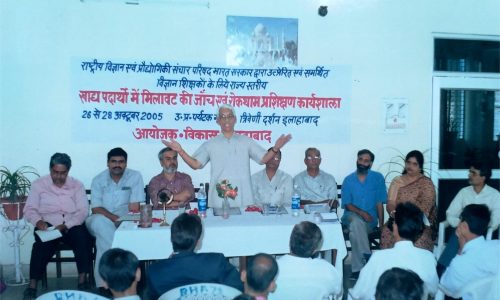
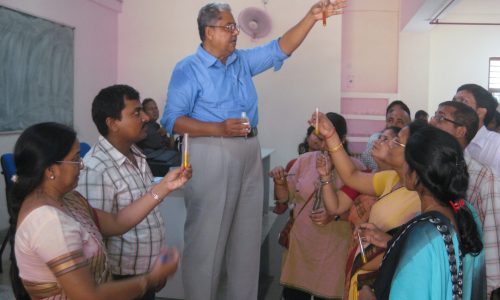
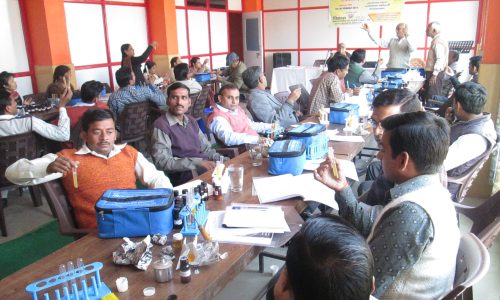
Water quality monitoring methods and analysis
This program aims to equip participants with essential water quality knowledge and skills. It covers key water quality indicators, chemical, hydrological, and microbiological elements, and teaches proper sampling techniques and field testing methods. Participants will gain hands-on experience with laboratory instruments and learn to interpret water quality data. The importance of quality control, water composition, pollution sources, and regulatory standards is emphasized. The course also focuses on designing monitoring programs and building capacity for effective water resource management. Through practical training, participants will be prepared to apply their skills towards environmental conservation and sustainable water management.
Understand Water Quality Parameters: Familiarize participants with key indicators (chemical, hydrological, microbiological) and techniques to monitor water quality.
Sampling Techniques & Field Testing: Train participants in proper water sampling methods and using field equipment to measure parameters impacting public health and the environment.
Laboratory Analysis & Data Interpretation: Provide hands-on experience with lab techniques and guide participants in interpreting water quality data.
Quality Control & Regulatory Frameworks: Emphasize the importance of quality control, relevant water regulations, and standards.
Capacity Building & Resource Management: Strengthen participants’ ability to conduct water monitoring and apply knowledge to manage water resources effectively.

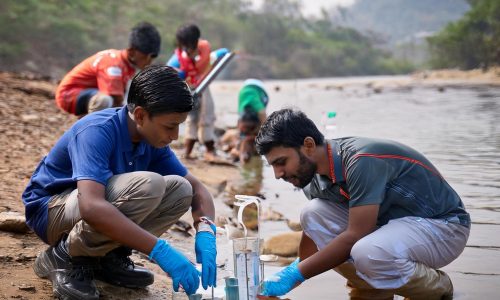
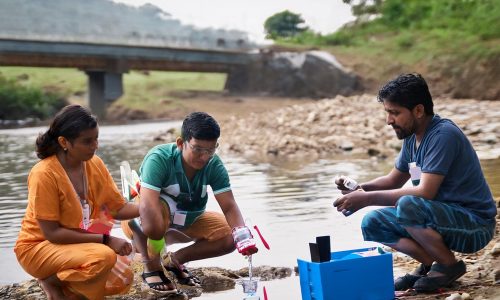
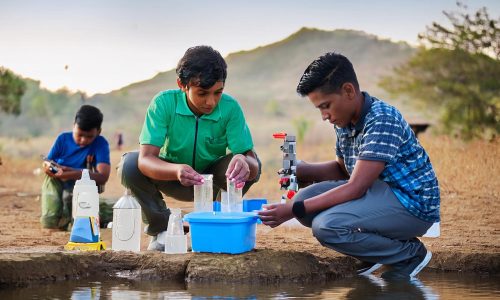
Control of Diarrheal Diseases
Health Education:
Raise awareness on causes, prevention, and symptoms of diarrheal diseases, focusing on hand washing, food handling, and safe water practices.WASH (Water, Sanitation, and Hygiene):
Improve water quality, sanitation facilities, and promote hygiene and waste disposal practices.Disease Surveillance:
Monitor diarrheal disease cases through a surveillance system, using data to identify trends and improve interventions.Case Management:
Train healthcare workers, provide oral rehydration and zinc, and ensure referral systems for severe cases.Community Mobilization:
Engage local leaders and communities in activities like community-led total sanitation (CLTS) to drive sustainable change.
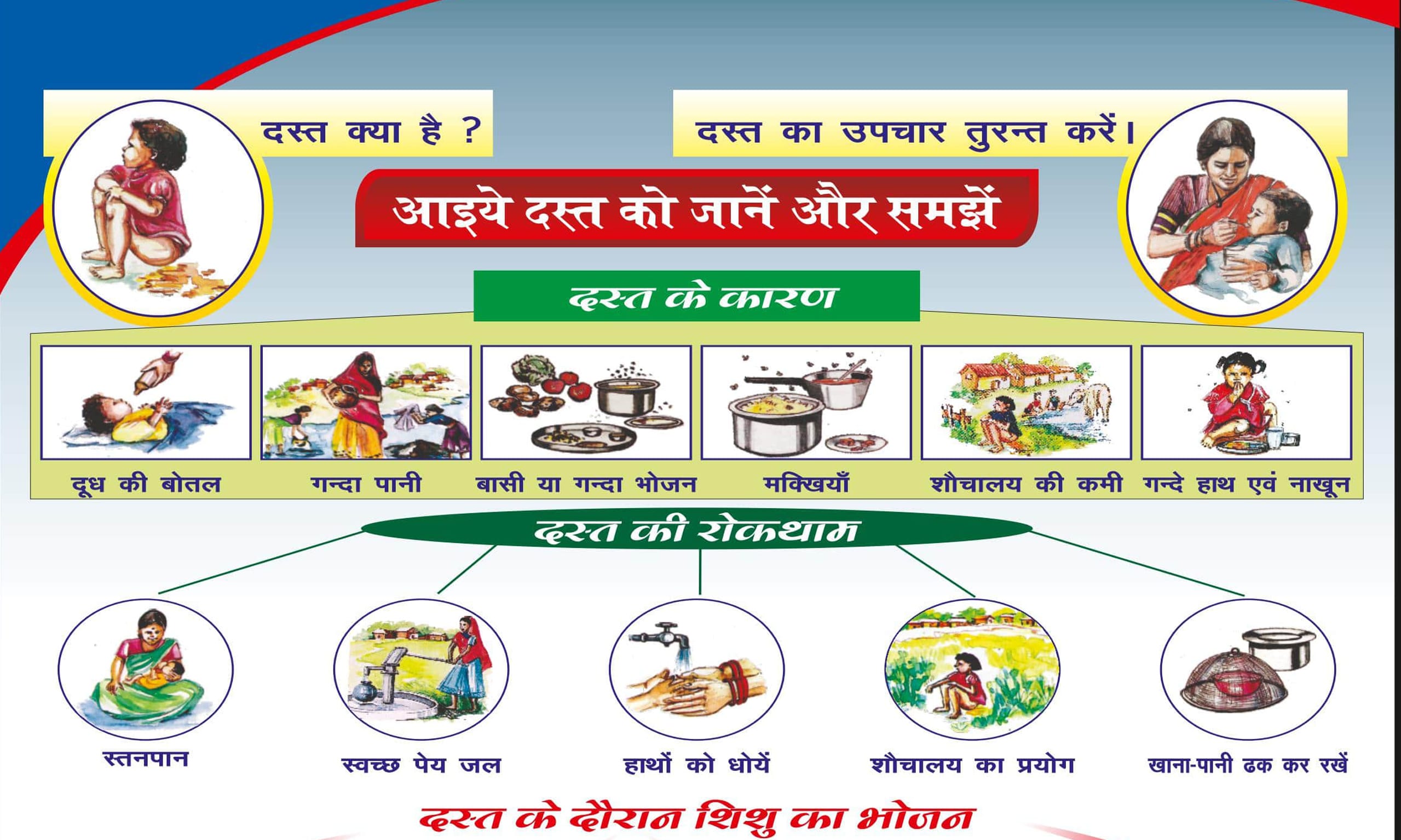
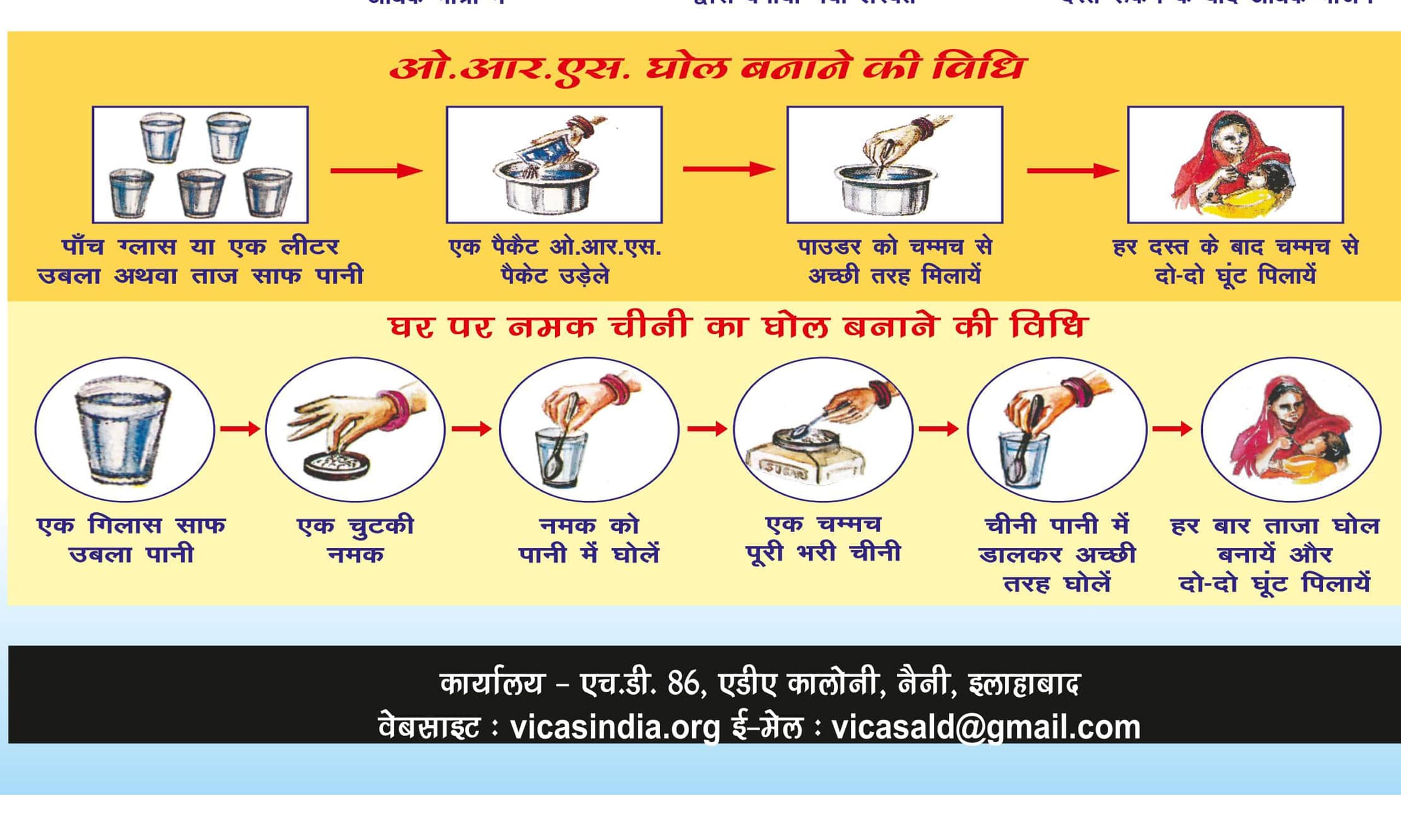
Reproductive health programs
- Improve knowledge, access, and education on reproductive health and rights, with a focus on youth and vulnerable populations.
- Enhance healthcare provider skills and healthcare systems for better reproductive services.
- Promote healthy reproductive behaviors, reduce maternal and neonatal mortality, and prevent STIs/HIV.
- Increase access to family planning, contraceptives, and safe abortion services, reducing teenage pregnancies.
- Address social, cultural barriers, and gender-based violence while fostering community participation in reproductive health programs.
Health, hygiene & sanitation programs
- Educate adolescent girls on reproductive health, menstrual hygiene, and personal hygiene practices.
- Improve access to healthcare services, clean water, sanitation facilities, and sanitary products.
- Promote healthy lifestyle choices and address nutrition, hygiene, and sanitation needs.
- Empower girls with skills for health, well-being, and gender-specific concerns, reducing illnesses like anemia and malnutrition.
- Foster lifelong healthy habits, improve school attendance, and enhance overall quality of life for adolescent girls.
